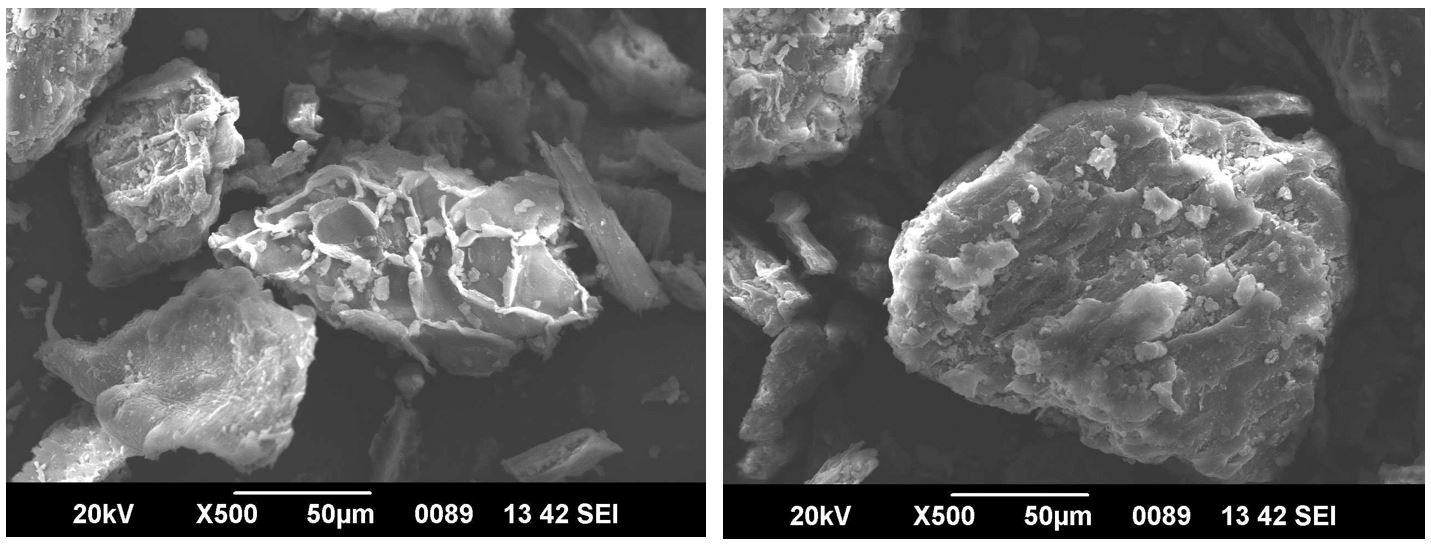
In this study, neem leaf biosorbent, prepared through chemical synthesis and activated with concentrated sulfuric acid, was utilized as an organic adsorbent for the removal of heavy metal ions, specifically arsenic (As) and chromium (Cr), from wastewater. The characteristics of the biosorbent were thoroughly analyzed using BET, FTIR, SEM, and EDX analysis to evaluate the surface morphology and functional groups. The experimental results indicated that under optimal conditions, with a pH of 10.0, a biosorbent dose of 3 g/L, an initial concentration of 20 mg/L, and a contact time of 60 minutes, 89.74% of As(II) and 82.32% of Cr(VI) metal ions were efficiently removed from synthetic solutions. To understand the nature of the adsorption process, various isothermal studies were conducted to determine whether it was homogeneous or heterogeneous. In addition to the above-mentioned experiments, kinetic studies were conducted to assess the physical or chemical nature of the metal ion adsorption on the adsorbent. Thermodynamic investigations were also performed to determine whether the adsorption of metal ions was exothermic or endothermic and whether the process was spontaneous. The results from the desorption studies revealed that the addition of 0.3N HCl resulted in the highest rate of desorption. This effectively facilitated the recovery of the metal ions from the spent adsorbent, indicating the effectiveness of 0.3N HCl in desorbing the adsorbed metal ions.
Total file downloads: 16